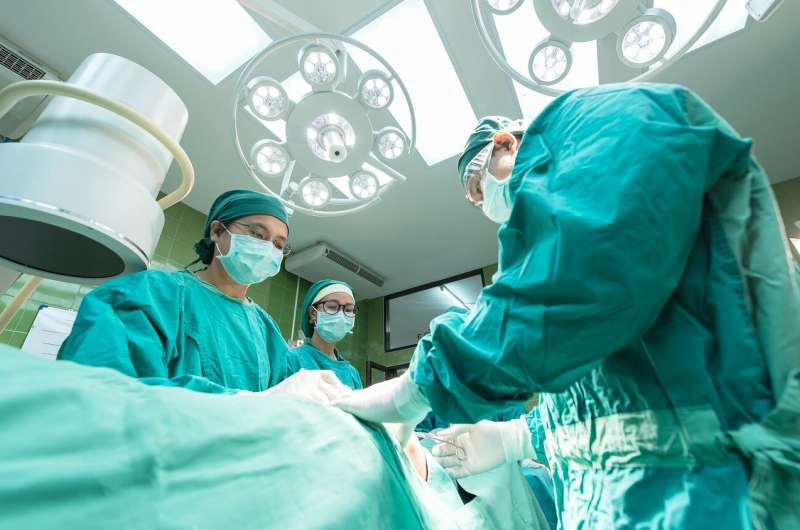Advancements in Knee and Joint Replacement Surgeries in 2025

Discover how innovative technologies like robotic assistance and 3D printing are revolutionizing knee and joint replacement surgeries in 2025, leading to faster recoveries and personalized treatments.
In recent years, the landscape of knee and joint replacement surgeries has been transformed by innovative technologies and refined surgical techniques. Historically, these procedures involved lengthy and often painful recoveries; however, today's advancements are making these surgeries safer, more precise, and with faster recovery times.
One major breakthrough is the adoption of robotic-assisted joint replacement technology. This approach enables surgeons to perform detailed three-dimensional preoperative planning, ensuring optimal implant placement while minimizing tissue impingement or pinching. The technology also allows for highly accurate preparation of the bone and the creation of customized, patient-specific implants, enhancing the overall surgical outcome.
Moreover, improvements in anesthesia have significantly benefited patients. Modern anesthesia protocols contribute to quicker recovery, reduced pain, and fewer side effects like nausea and vomiting, allowing patients to mobilize sooner.
Another exciting development is the rise of 3D printing in orthopedics. This technology facilitates the design and production of custom implants tailored to address complex deformities, extensive bone loss, or unusual anatomical structures. While promising, 3D printing for joint replacements remains under study and requires further long-term research. The Mayo Clinic is actively involved in advancing the clinical applications of this technology.
Regarding specific procedures, both hip and knee replacements now often utilize robotic assistance. Patients slated for traditional total hip replacement can expect a personalized, flexible approach, choosing from different surgical techniques such as direct anterior, posterior, or anterolateral approaches, tailored to their needs. The recovery process is also evolving: most patients are able to leave the hospital on the same day or after just one night, and early mobility, including walking and stair navigation, is encouraged immediately post-surgery.
Similarly, total knee replacements benefit from these technological improvements, with many procedures performed as same-day surgeries. Postoperative mobility is achieved quickly, supporting a swift return to daily activities.
Overall, the continuous development of these advanced surgical techniques and technologies aims to improve patient outcomes by reducing pain, enhancing joint function, and expediting recovery, thereby ensuring a better quality of life for those requiring joint replacements.
Stay Updated with Mia's Feed
Get the latest health & wellness insights delivered straight to your inbox.
Related Articles
Experts Urge Medical Consultation Before Trying Water-Only Fasting Diets
Experts warn that water-only fasting diets can pose health risks, especially for individuals with existing conditions. Consult your healthcare provider before attempting prolonged fasting to ensure safety and understand potential effects.
Innovative Space-Based Study Unveils New Insights into Alzheimer's Protein Aggregation
Space experiments aboard the ISS have enabled the detailed structural analysis of Alzheimer's-related amyloid β fibrils, revealing new pathways in disease progression and showcasing the crucial role of microgravity in biomedical research.
Growing Risks of Extreme Heat for Older Adults Highlight Need for Greater Awareness
With rising temperatures, older adults face increasing risks from extreme heat, yet many remain unaware and unprepared. Recent research highlights the urgent need for heightened awareness and proactive measures to protect vulnerable populations amidst climate change.



